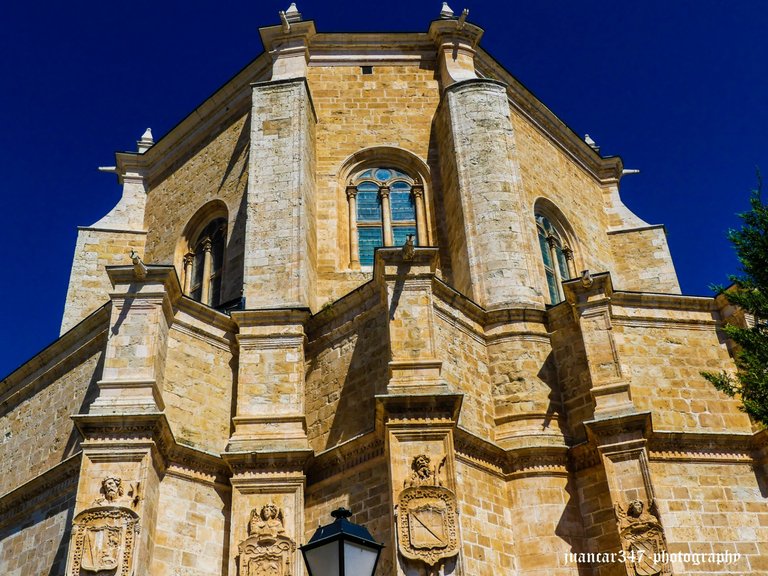
It has always been said how vast Castilla is and within that vast territory of varied solitudes, there are also many places, both of tourist and cultural interest, where you can be amazed and go back to a splendid past, without moving one bit away from the present.
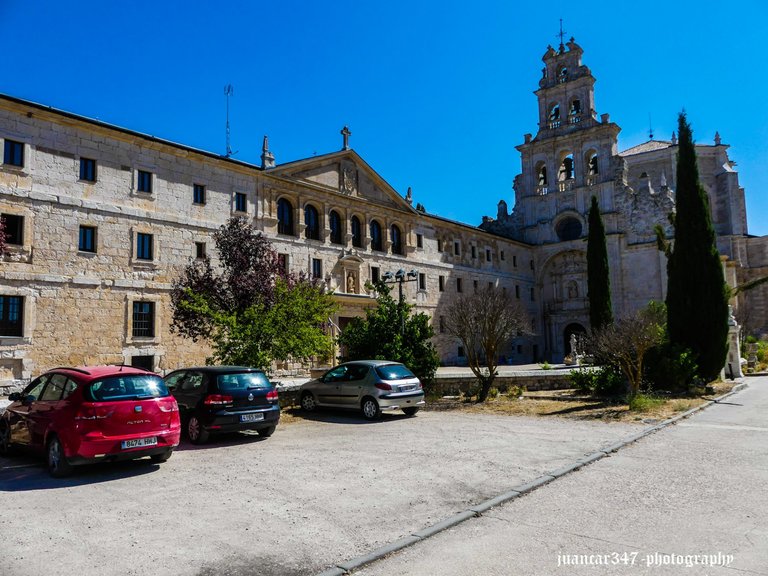
Although fiercely attacked by the apathy of men and not immune, either, to the inexorable pace of that devourer of dreams and undertakings, which, in the end, is time, the Castilian soil was, in a past that seems more and more remote, a true emporium of sacred art and businesses, whose importance well deserves to be recorded in the annals of History and above all, in those fickle algorithms of memory, for its splendor and its heritage importance.
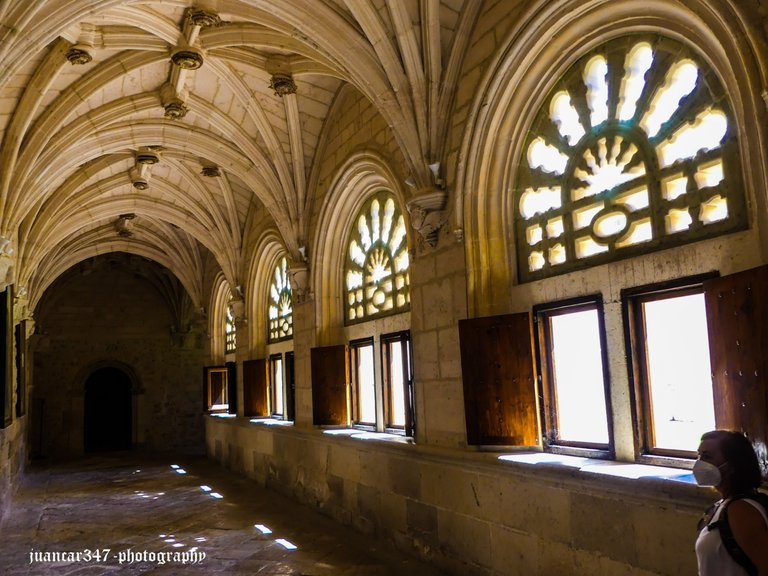
Its fame as a land of bread and wine is due, in large measure, to those superb medieval monasteries that constituted, comparatively speaking, the foundations from which the business emporiums of the future would be nourished, whose products and especially that other liquid gold which is wine, compete today in the best world markets, based on their excellence and quality.
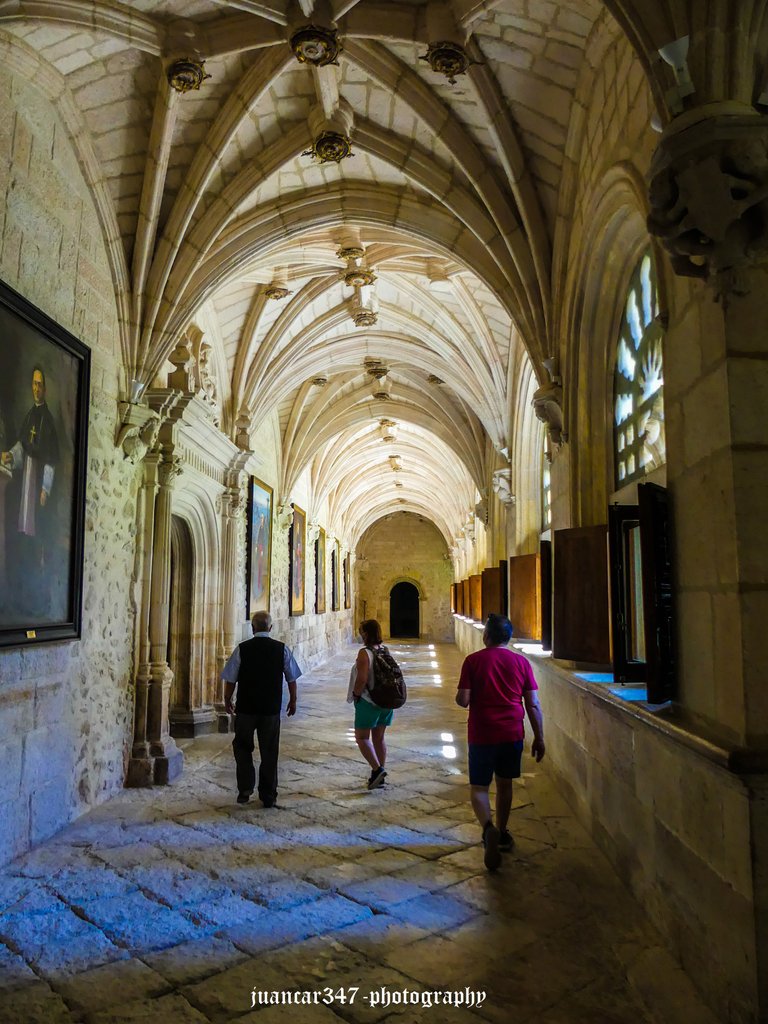
We have a generous example of what has been said until now in this immeasurable place, whose remarkable architecture was adapted to the circumstances of different historical periods, without, however, losing the north of its objectives, both spiritual and earthly: the monastery of Santa María de la Vid.
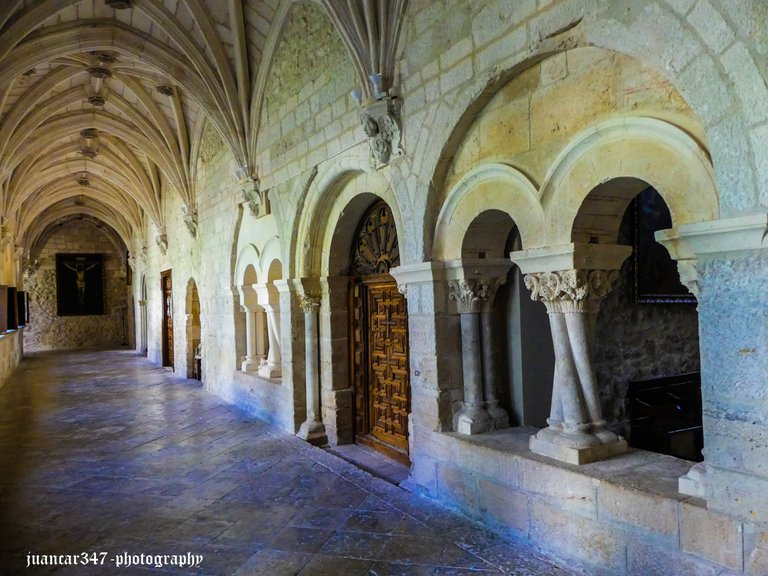
Located in the heart of Castilla, in a land of generous vineyards and just seven kilometers from historic towns, also rich in formidable heritage surpluses, such as Peñaranda de Duero, the monastery of Santa María de la Vid, sinks its original foundations in the 12th century, a century in which, according to quite a few historians, the light of the small cultural beacons that had illuminated the small pockets of resistance in the northern mountains, began to free themselves from their solitary confinement, spreading across a Plateau that was already beginning to shake off the yoke of the Muslim invasion, which, back in the 7th century, had ended the Visigothic adventure in the Peninsula.
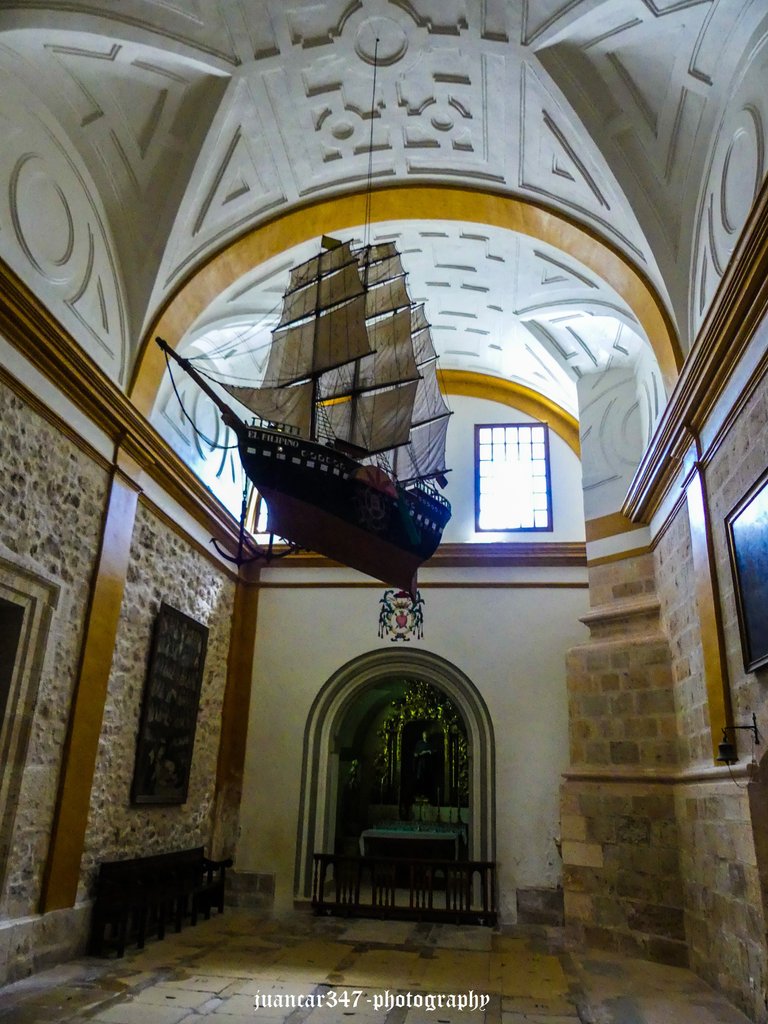
Remodeled practically from head to toe, there is barely a small memory of that first Romanesque monastery built by the Premonstratensian monks, which is reduced to a small doorway and an arcosolium, greatly modified in modern times, of what was its first Chapter House.
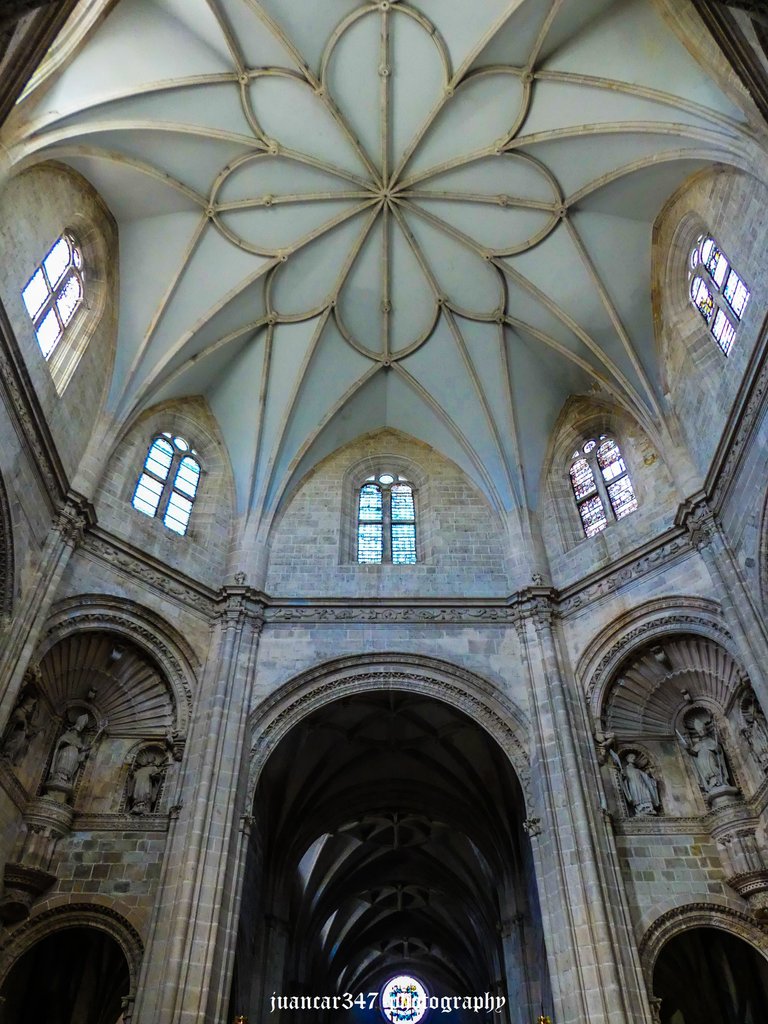
However, the new monastery, built, in its main complex, when the Gothic was still in full swing and in both England and Spain, that style called flamboyant by some and Elizabethan by others was beginning to shine brightly, arouses passions for its uniqueness, its elegance and its beauty, being notably evident in its superb apse.
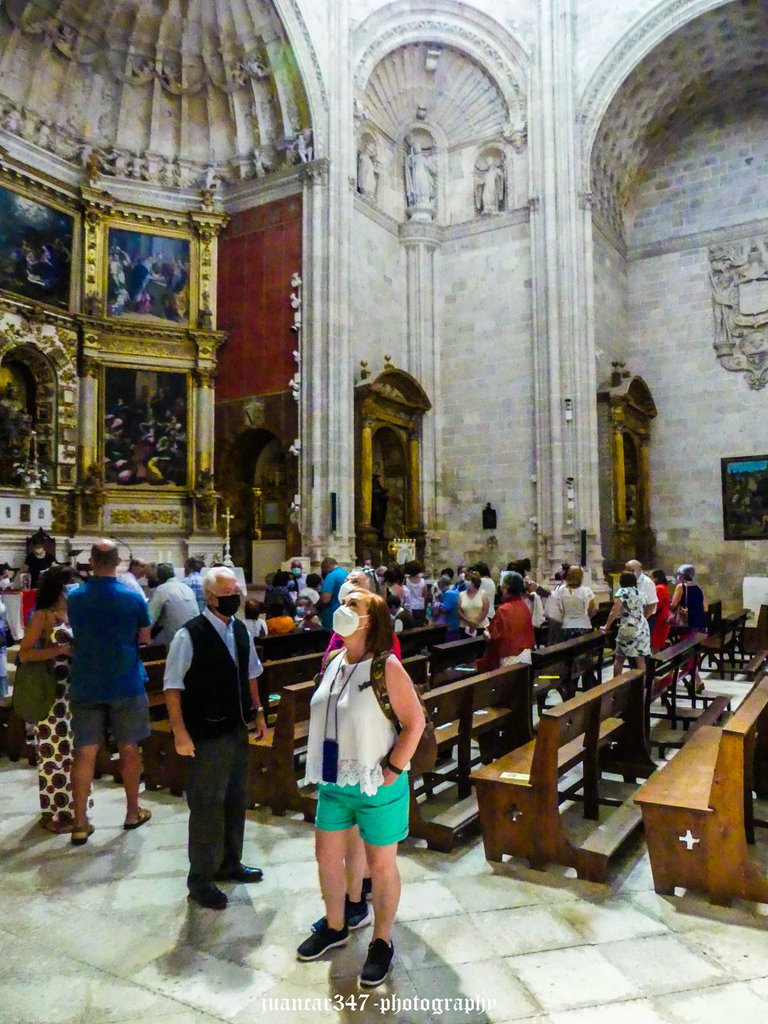
In the austerity of its cloister, completely alien to those monstrous sculptures of its Romanesque antecedent, which Saint Bernard considered ridiculous monsters, are the echoes, metaphorically speaking, of the sandals of generations of monks who labored and meditated under the dying footlights of its geometric windows.

But, without a doubt, the most spectacular is found in the interiors of its magnificent church, the ribs of whose vaults are distributed in fantastic Solomonic loops, which spread, in symphonic balance, towards a head in front of whose altar, dominates the entire scene. , from the center of an imposing baroque altarpiece, what is perhaps its most valuable artistic piece: Santa María de la Vid.

A surprising sculpture, made of a block of stone and weighing close to a ton, which not only preserves its original polychrome, but also, unlike its Romanesque predecessors, has completely lost its hieraticism, to show, within the gothic style that characterizes her, an unprecedented tenderness, which becomes even more manifest, seen in profile in the small mirror that she has on the side of her dressing room and that shows a smile, which has little or nothing to envy of the from Leonardo Da Vinci's Mona Lisa.

To complement the visit, it may be appropriate to note that this monastery has not only hotel and lodging services, but also a restaurant available to both clients and visitors, as an ideal complement to a visit, which, possibly, will be unforgettable.

RELATED MOVIE:
NOTICE: Both the text, the accompanying photographs, as well as the video that illustrates it, are my exclusive intellectual property and are therefore subject to my Copyright.
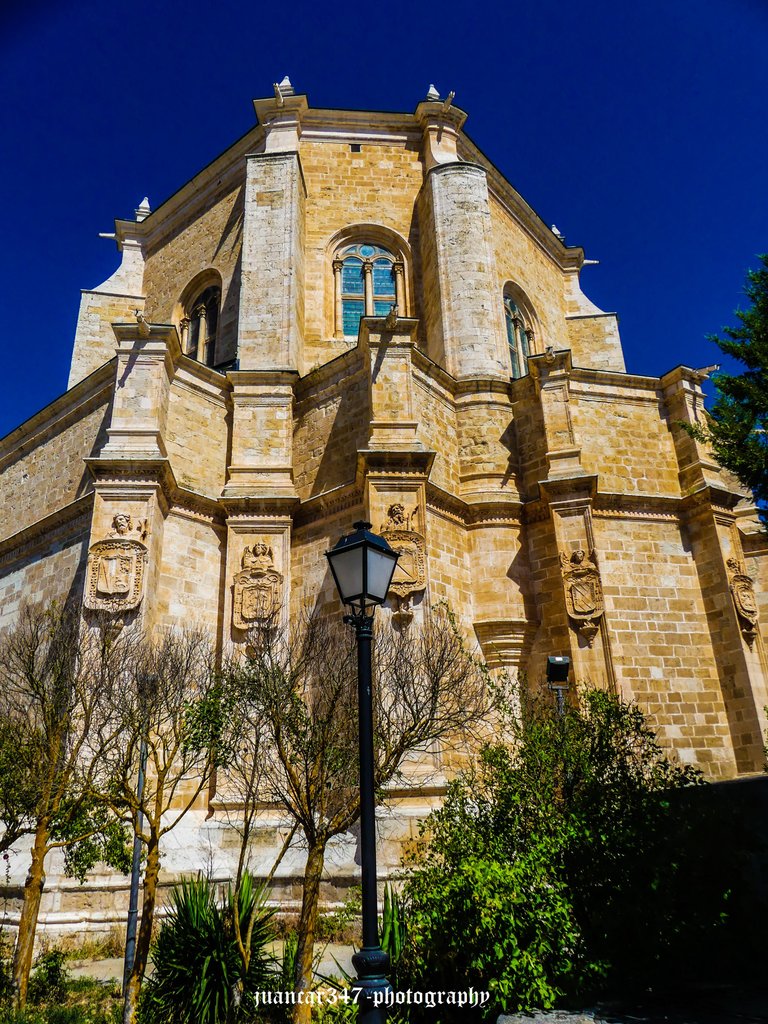

Congratulations @juancar347! You received the biggest smile and some love from TravelFeed! Keep up the amazing blog. 😍 Your post was also chosen as top pick of the day and is now featured on the TravelFeed.io front page.
Thanks for using TravelFeed!
@for91days (TravelFeed team)
PS: You can now search for your travels on-the-go with our Android App. Download it on Google Play
Thank-you very much
The building has lovely sculptors
Nice one!
Thank-you very much
The 3rd picture is wow 😃
It is the mystery of light and shadow, very determining of the monastery cloisters, which plays with the sensations of the viewer. Thank you very much for your comment and best regards.
!LUV
Muchas gracias
Congratulations @juancar347! You have completed the following achievement on the Hive blockchain And have been rewarded with New badge(s)
You can view your badges on your board and compare yourself to others in the Ranking
If you no longer want to receive notifications, reply to this comment with the word
STOPThank-you very much
You're a true inspiration @juancar347! Your daily posts on Hive are making a big impact. Keep up the great work!
Congratulations, your post has been added to Pinmapple! 🎉🥳🍍
Did you know you have your own profile map?
And every post has their own map too!
Want to have your post on the map too?